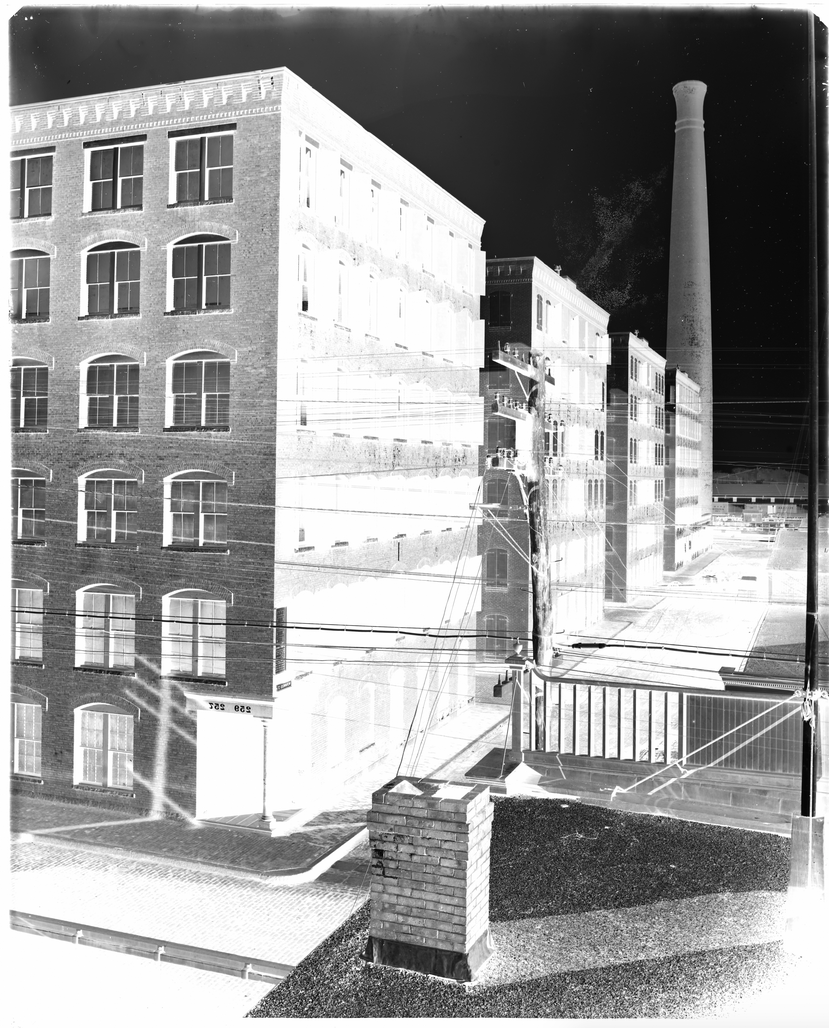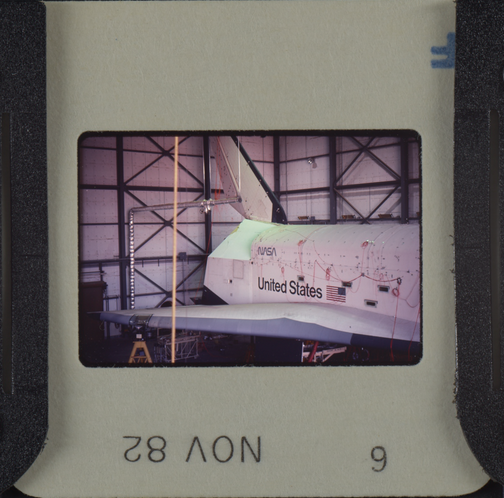Solutions for
Film Scanning
DT Heritage
Digitization Solutions
Film scanning and other transmissive digitization is especially demanding. Cultural Heritage institutions often have collections that include common transmissive photographic media such as 35mm slide film, microfilm, and strip film, but also more esoteric transmissive material like glass plate negatives, nitrate films, lantern slides, medical x-rays, hand-cut film, reels of film, and large format film. Digitizing such collections requires a solution that delivers conservation handling, preservation image quality, production speed, and extensive flexibility. DT systems meet all these demands and are ideal for digitizing transmissive materials.
Conservation Handling
Photographic materials require careful handling to ensure the process of digitization does not degrade their condition. Glass plate negatives, films with a nitrate base, and many photographic materials are susceptible to fingerprints, scratches, and sensitive to heat. Our solutions all provide a range of handling options to put the operator in control of the material to ensure their safety.
Non-Contact Scanning; User Controlled
Our DT Film Positioning System enables scanning of photographic materials using magnetic carriers that do not touch the film inside the image area. Instead, film is held at its outer edges using a magnetic mask that the operator easily and gently places into position. For further protection of the materials, the film is only handled or advanced by the user, no automatic feeding or bending transport mechanisms are being used.
Isolation From Heat
Our film scanning solutions were designed to elevate the film from the light source in order to keep the material away from heat that can damage some types of film and cause the film to curl.
Reel Film Handling
Reels of film present their own unique challenges and the DT Reel Film Top meets them with a design customized entirely to this type of film handling. General-purpose commercial reel film scanning systems are designed for speed, moving the film as fast as multiple feet per second, which is fine for modern excellent-condition film, but is very precarious for damaged or deteriorating historic collections. The DT Reel Film Top specifically caters to reels of film that are not well-suited for that kind of handling, and allows the operator to move the film through the system in a much more controlled and safe manner.

Photograph courtesy of the Boston Public Library
Ready to preserve your Collection?
We can help.
DT Heritage
Preservation Quality
Drum scanners were the gold standard for film scanning for decades. However, with the advent of recent technology, our modern Film Scanning solutions are able to meet or exceed the resolution and dynamic range set by that standard. The resulting files exceed the FADGI 4-Star and Metamorfoze-Strict standards for transmissive digitization.
Preservation film scanning using a camera requires careful attention to lens quality, alignment, vibration and sensor quality. We use Schneider large format digital glass which is the new benchmark in photography. Our Film Positioning System provides a rigid metal chassis, manufactured to 1/10,000th of an inch tolerances for extremely precise alignment. Our systems use specialized leaf shutters or sensor-based electronic shutters to provide nearly vibration-free operation. We combine these components with purpose-built cameras such as the Phase One iXH with up to 150mp sensors and 14 stops of dynamic range. The result is a true Preservation Digital Objects with accurate color, tone, and detail.
DT HERITAGE
Production Speed
Collections of photographic materials such as 35mm slides can often contain hundreds of thousands, or even millions of unique images. With such volume production speed is critical – both during capture and post-processing. DTDCH solutions are able to deliver unsurpassed speed in both categories.
Capture Stage
DT systems capture nearly instantly (e.g. 1/60th sec) and display almost immediately. The material handling system of the DT Film Scanning Kit allows the operator(s) to move through the transmissive material quickly without compromising on material safety. Therefore, the capture rate is only limited by the condition of the material and whether the system is capturing facing-pages or each page individually.
Post-Processing Stage
Most film scanning software looks like it was developed in the 1990s, because most of it was. Capture One Cultural Heritage Edition is a modern solution built on the venerable and widely used Capture One software. It supports all modern operating systems, is frequently updated, and can handle massive numbers of scans with ease. Checking focus, zooming in on high resolution images, and scrolling through images during quality control is lightning fast.
Capture One CH is ideal for film scanning with tools such as Autocrop and AutoDeskew, Color Editor, Negative Inversion, Auto Levels with user customizable clipping percentages, LAB Support, Resolution Ruler, and Raw-Stage Quality Control. These tools enable the automation of tedious post-production tasks that are inherent to the post-processing stage of film scanning.

President Abraham Lincoln, Washington D.C., Mathew B. Brady (American, about 1823 – 1896),
From the Getty’s Open Content Program
Expected Capture Speeds in Scans Per Hour (sph) for DT Film Scanning Kit.
| Material Type | Solo Operator | Operator + Assistant |
| 35mm slides | 900 per hour | 1300 per hour |
| 35mm | 800 per hour | 1,200 per hour |
| 120mm | 700 per hour | 1,000 per hour |
| 4×5 film | 400 per hour | 600 per hour |
| 4×5 glass plates | 300 per hour | 400 per hour |
| Lantern Slides | 300 per hour | 400 per hour |
Note that total scans per hour depends greatly on the condition and method of storage of the film.
Also note that the speeds above are not sustainable for long periods due to operator fatigue. For a full day of production, including breaks, ancillary tasks like organizing and data entry, you can expect numbers 2 to 4 times higher than the above hourly speeds.
DT Heritage
Extensive Flexibility
The encyclopedic collections of cultural heritage institutions are rarely homogenous. Our systems are versatile, interoperable, and modularly upgradeable to ensure you’re not stuck with a limited tool box. They are also flexible in their use, allowing techniques that are impossible on competing systems.
Interoperable and Modularly Upgradable
Our solutions for digitizing flat art comprise either an all-in-one format or a modular format. Our modular systems include a reprographic system (such as the DT Element, or DT Versa), the DT Film Scanning Kit, and a capture head (such as the Phase One iXH). Each of these components can be purchased and upgraded separately. For instance an institution that purchased an [DT Versa & DT iXH] for a book scanning project would only need to add the DT Film Scanning Kit to scan an encyclopedic transmissive collection. Likewise an institution that purchases an [DT Element + DT iXH + DT Film Scanning Kit] already has everything they need to begin scanning flat art.
Reflective + Transmissive
Many photographic materials contain important information that are not visible with transmissive-only illumination. For example, a lantern slide can have handwritten notes about its content. Our system can illuminate transmissive content, reflective content, or both, in a single capture.
Four Edge Inclusion
Researchers and conservators often want to see all four edges of a photographic material. This is the recommendation of the FADGI Guidelines in the case that any important information is present outside the image area area. Unlike some feed scanners and virtual drum scanners, DTDCH film scanning solutions can capture all four edges using the optional glass carrier.

Courtsey of Edward Peterson
Industry Leading
Imaging Technology
We can digitize anything — even 3D objects like gold medals and tennis racquets — at a level of detail you can’t get anywhere else. You have to see it to believe it. Check out our product videos to see the equipment in action.
DT Film Scanning Kit
Meet the DT Film Scanning Kit and say goodbye to legacy and drum scanners. At over 400 times faster than legacy scanning equipment, the DT Film Scanning Kit (FSK) delivers high-speed, FADGI-4 Star compliant scanning of film at incredible resolution. Helping reduce both your scanning and post-production time.
DT Versa
Meet the DT Versa, our solution designed for the digitization of all kinds of collections. The stand, camera, and column seamlessly integrate with our software for fast and easy preservation-grade digitization. The Versa allows digitization with or without glass contact. With the Versa hardtop in place, all scanning is done 100% contact-free. Removing that hardtop reveals a conservation-friendly glass top with a user-settable maximum and with such precise control of the object that the operator can raise the object to lightly kiss the glass.
DT Element
Meet the DT Element, it’s more than a copy stand – a complete digitization platform. The stand, camera, and column tightly integrate with our software for fast and easy preservation-grade digitization. Our DT Element complies with FADGI 4-star, Metamorfoze Strict, ISO 19264 image quality, and JHOVE file format standards. What can you digitize with the DT Element? Nearly everything. It’s equally at home scanning bound materials, manuscripts, flat artwork, maps, translucent materials such as film or glass plate negatives, as well as specimens. The camera can even be removed to capture installation artwork, in-situ art, architecture, and more.
DT Reel Film Top
The DT Reel Film Top allows DT Atom users to scan a variety of reel film ranging in size from microfilm (smaller than 35mm) to large-format aerial film. Its image quality is unrivaled with 14k scans at 16-bit (or higher via stitching); exceeding FADGI 4-Star, ISO 19264, and Metamorfoze imaging standards.

